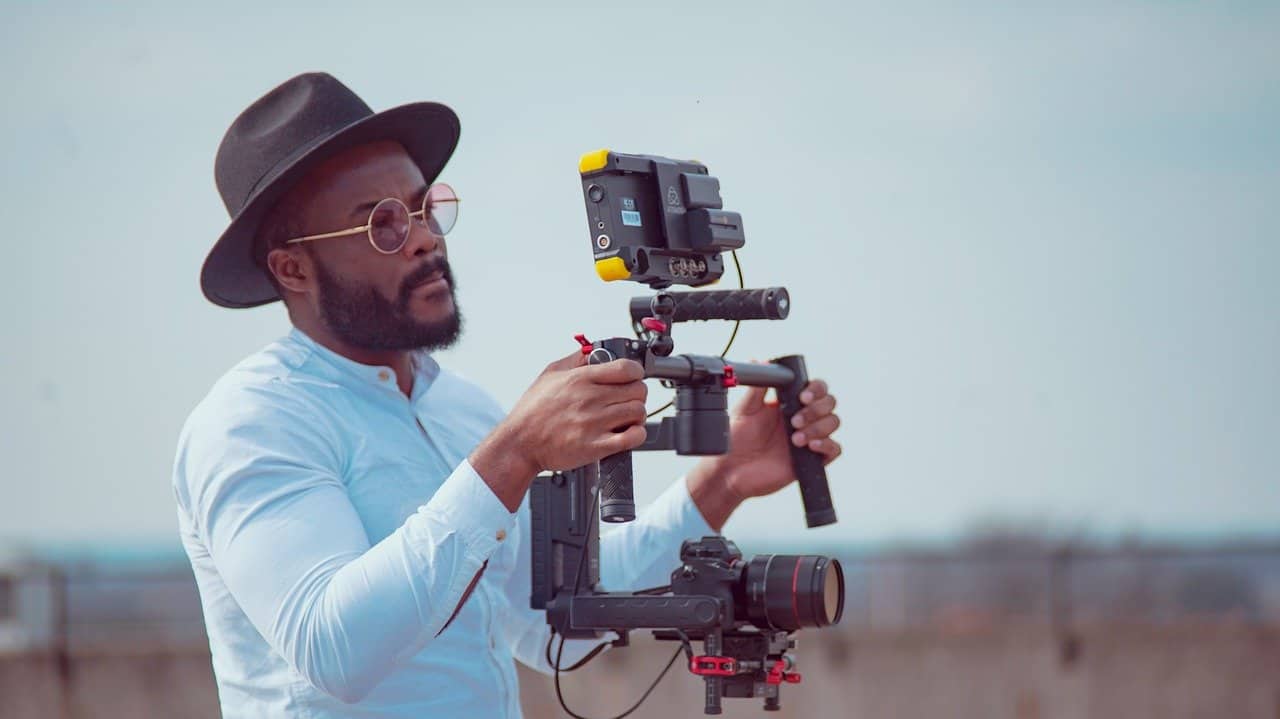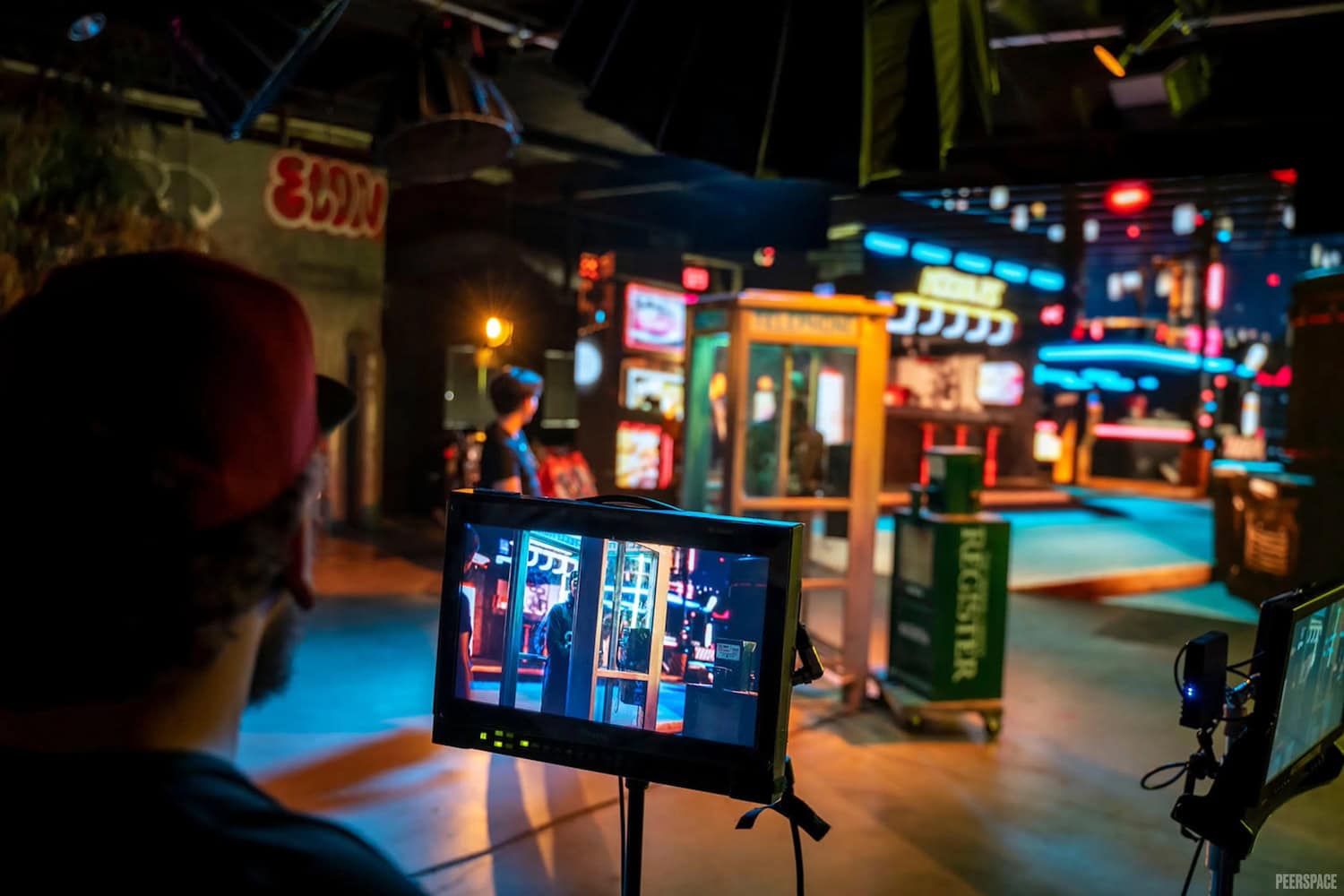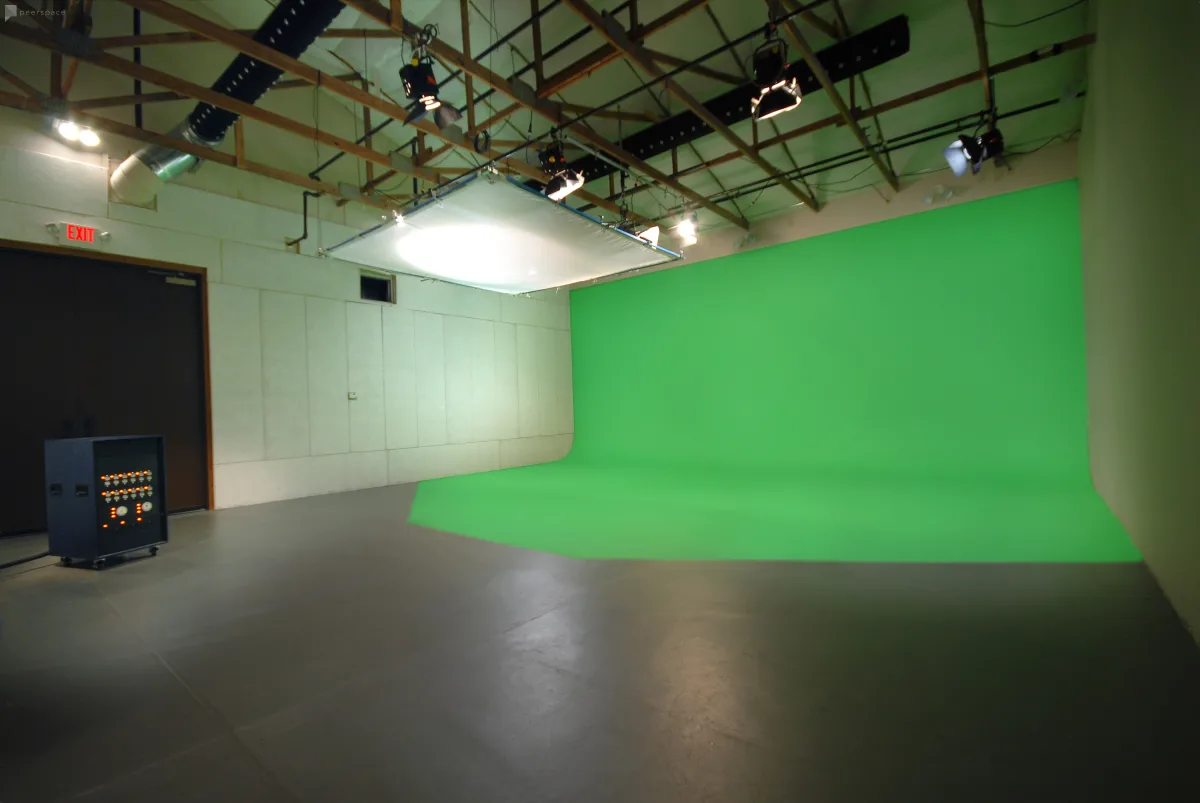
Source: Pixabay
A demo reel highlights the best sequences of a filmmaker’s previous work. It is the best way for filmmakers to showcase their capabilities and creative competency. As most jobs require a resume, film gigs often rely on a video portfolio or demo reel instead. A demo reel’s purpose is to establish who you are as an artist and give your name or brand attention.
Potential clients or employers in the industry will watch demo reels to get a more comprehensive view of who you are as a filmmaker and the content you create, which is more practical than reviewing a resume. Whether you have an education in film or not, in many cases it depends on the quality and professionalism of your demo reel. So how can you advertise yourself professionally? Follow these nine steps below to get a firm grasp on how to cut together the perfect demo reel.
1. Keep it short and sweet
All demo reels vary in length, but when you are trying to hold the attention of a potential employer or client, it is best to keep your reel short and to the point. Your reel should be presenting only your best work, not every project you have ever worked on. With that in mind, try to keep your demo reel under two minutes in length. The best length is around 90 seconds. The reasoning behind this is because when going through dozens — sometimes even hundreds of applications — employers will not sit through a 10-minute demo reel.
2. Tailor it specifically to your craft
Are you more interested in directing, cinematography, or editing? Or are you just an all-around filmmaker? Try to specify what your individual skills are within your demo reel because employers want to see work that is specific to what position you are applying for. For example, if you are applying for directing positions, make sure you identify your demo reel as a directing demo reel.
3. Consider your demo reel content
There are different approaches to finding the right cut for your own unique demo reel. If you are a cinematographer, it is a useful strategy to edit your best shots in a fast-paced montage. This montage method of quick-cut shots to music spotlights the visual elements of your work and thus works best for cinematographers.
If you are working on a directing demo reel, using samples from scenes may work best for you. This will showcase the narrative quality of your storytelling. The sample method of creating demo reels should not display long clips to represent a complete narrative story, but rather demonstrate the strongest parts of your narrative narrative works in the form of 15- to 20-second clips.
4. Begin with the best
Many filmmakers will want to save their best work for last, but in the case of demo reels, it is a smart idea to lead with your strongest, most captivating work. You want to grab the viewer’s attention within the first couple of seconds because if the viewer is hooked, then they are far more likely to watch the entirety of the reel. It only takes five seconds for an employer to skip your video and move onto the next, so make sure that opening is mesmerizing.
5. Start with a slate
A slate is a 5- to 10-second title card that explains what kind of demo reel the viewer will be watching, who the creator is, and how to contact them. A slate is typically white text over a black background. Keep the slate simple and readable, save your creativity for the demo reel itself. When adding your contact information, be sure to include your full name, email, and website. The objective of the slate is to allow the viewer to easily get in contact with you.
6. Avoid using copyrighted music
Using copyrighted music is illegal and, more importantly, looked down upon by many employers. You do not want all of your hard work to be overlooked because of your choice of music. If you would still like to include music in your demo reel, there are plenty of royalty-free music options on the internet that can help. Choose music that complements your work and does not overpower the image. It is always a smart idea to get a second opinion on your music choice before you release your demo reel.
7. Determine what makes you unique
What separates your reel from that of every other filmmaker, and how can you visually represent this? The best way to learn about how to highlight your personality in a demo reel is by watching other filmmakers’ demo reels. Many other creators include humor or experimentation in their demo reels to show off personality, but use your best judgement on what is appropriate for your reel.
8. Show off impressive clients
If you have worked with clients in the past, especially impressive brand names, you will want to include that work in your demo reel. If employers recognize other clients or brands that you have worked for in the past, they are far more likely to trust the integrity of your work. Do not be discouraged if you have never worked for a client or brand before, everyone who is now working for big clients and brands once were in your shoes — and it all started with showing off their own demo reel.
9. Get a second opinion
When editing your demo reel, you are seeing footage over and over, and it is easy to get your perspective muddled in the process. This is why it is always a smart idea to get an extra set of eyes on your reel before you release it for the world to see. Asking a friend, mentor, or professor to critique your reel will only improve your cut. The more opinions you get, the more insight you will have on how to make strengthening changes to your cut.
Remember, this reel presents an opportunity to make yourself stand out! Get creative with it and make sure you are showcasing your best content.
Find unique production venues on Peerspace
Get together somewhere better
Book thousands of unique spaces directly from local hosts.
Explore SpacesShare your space and start earning
Join thousands of hosts renting their space for meetings, events, and photo shoots.
List Your Space






